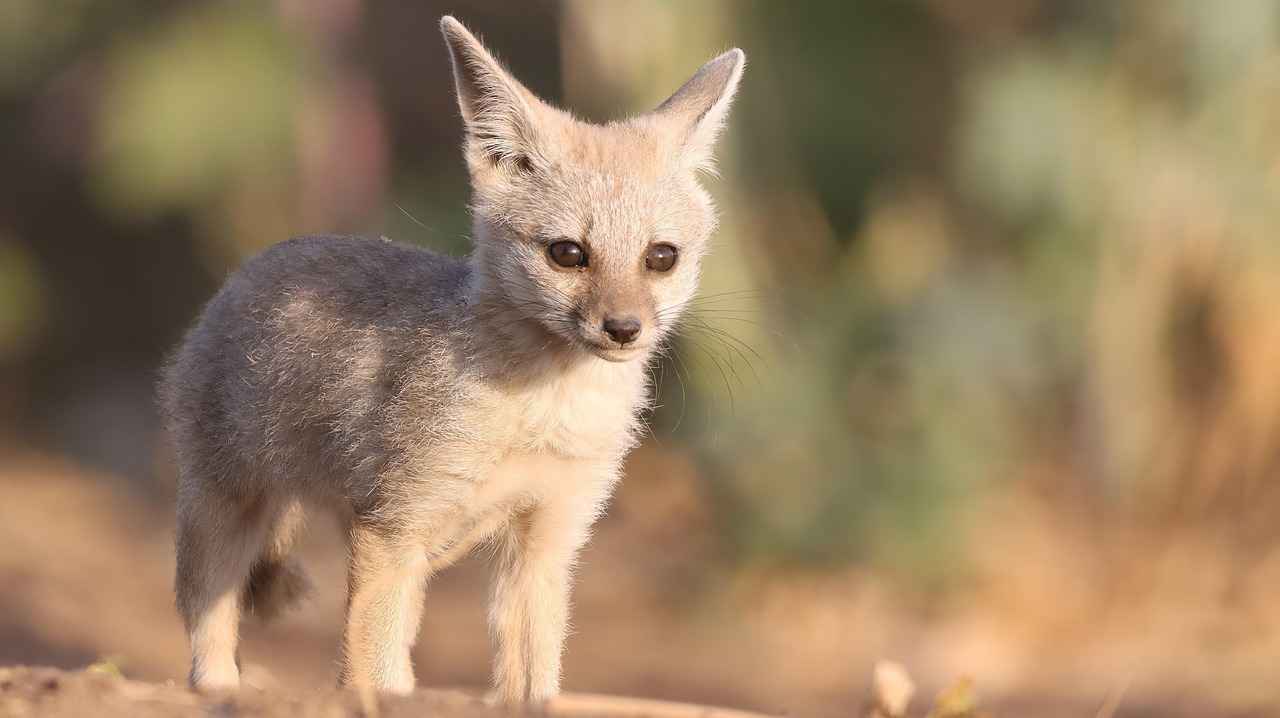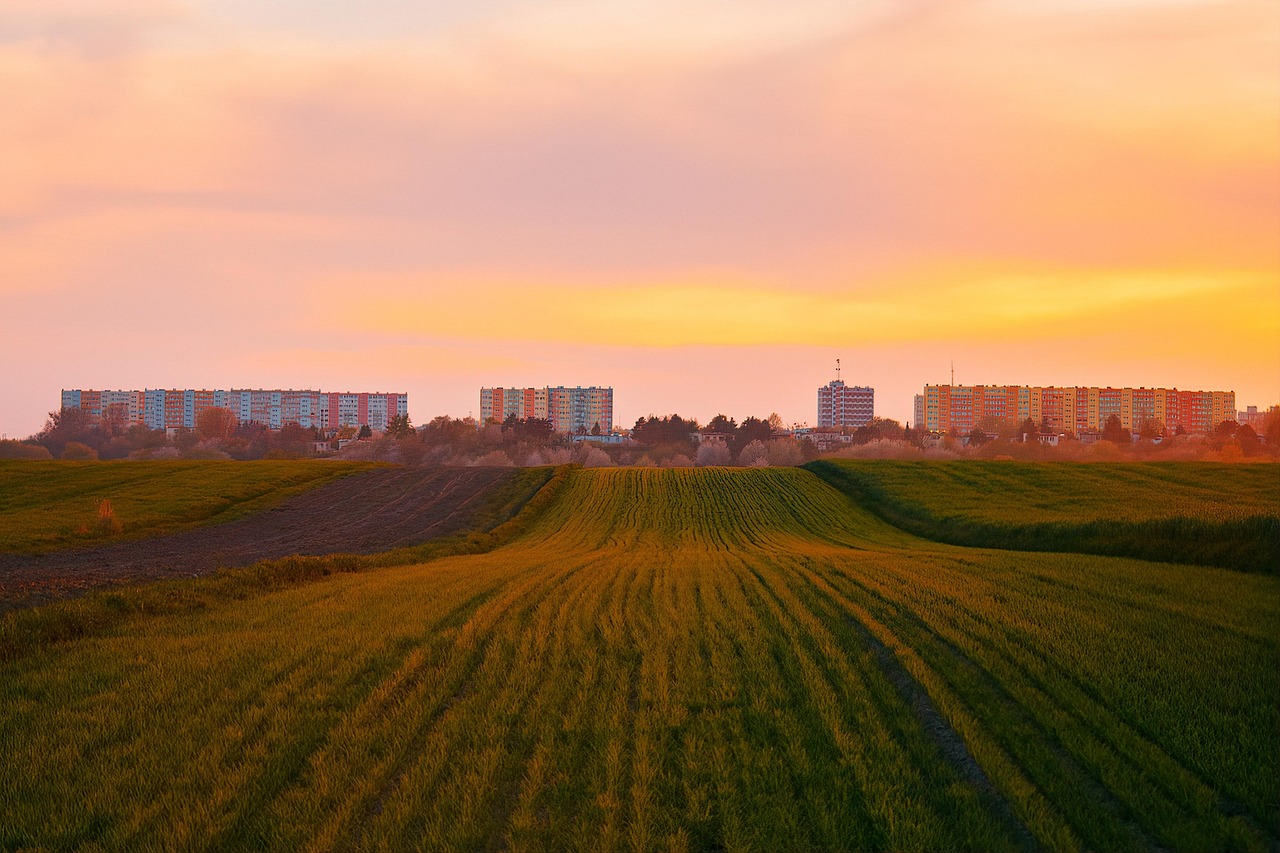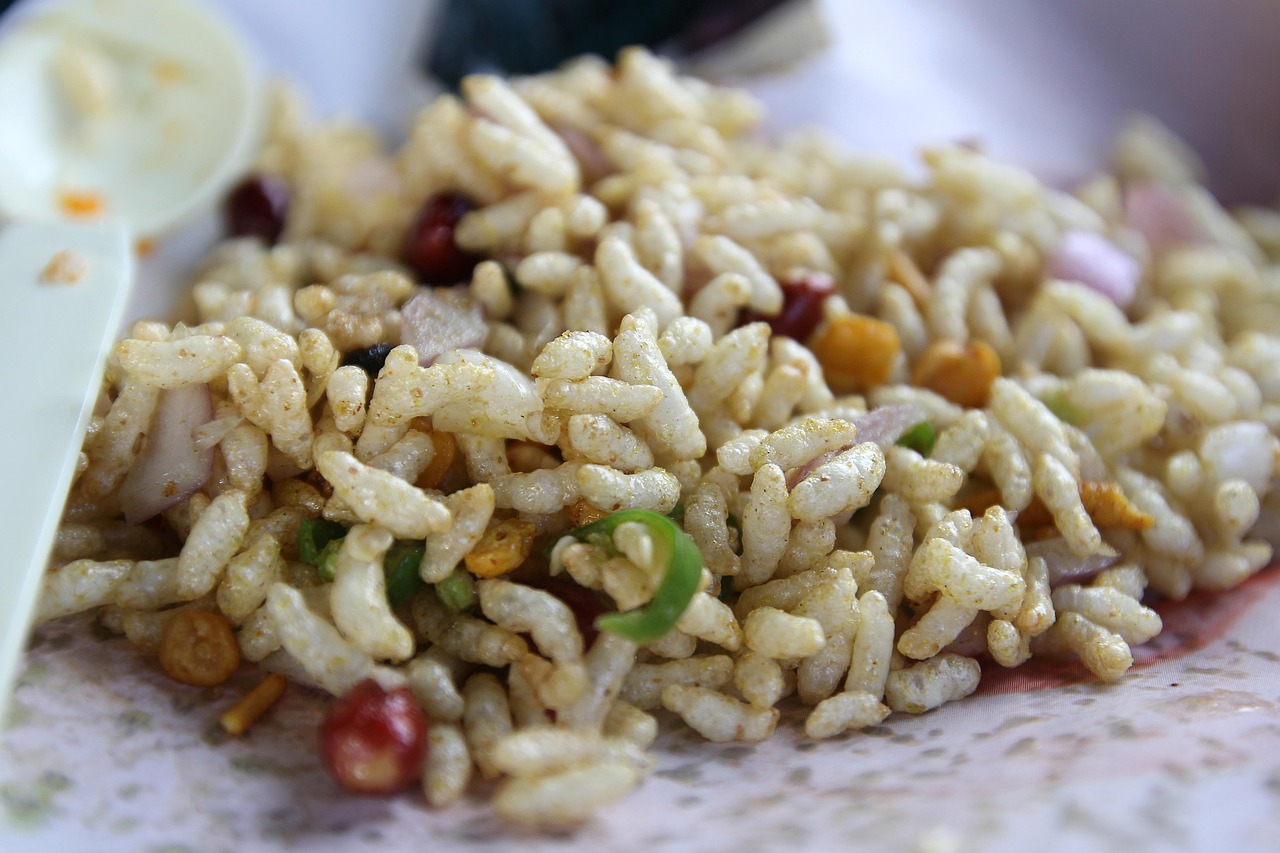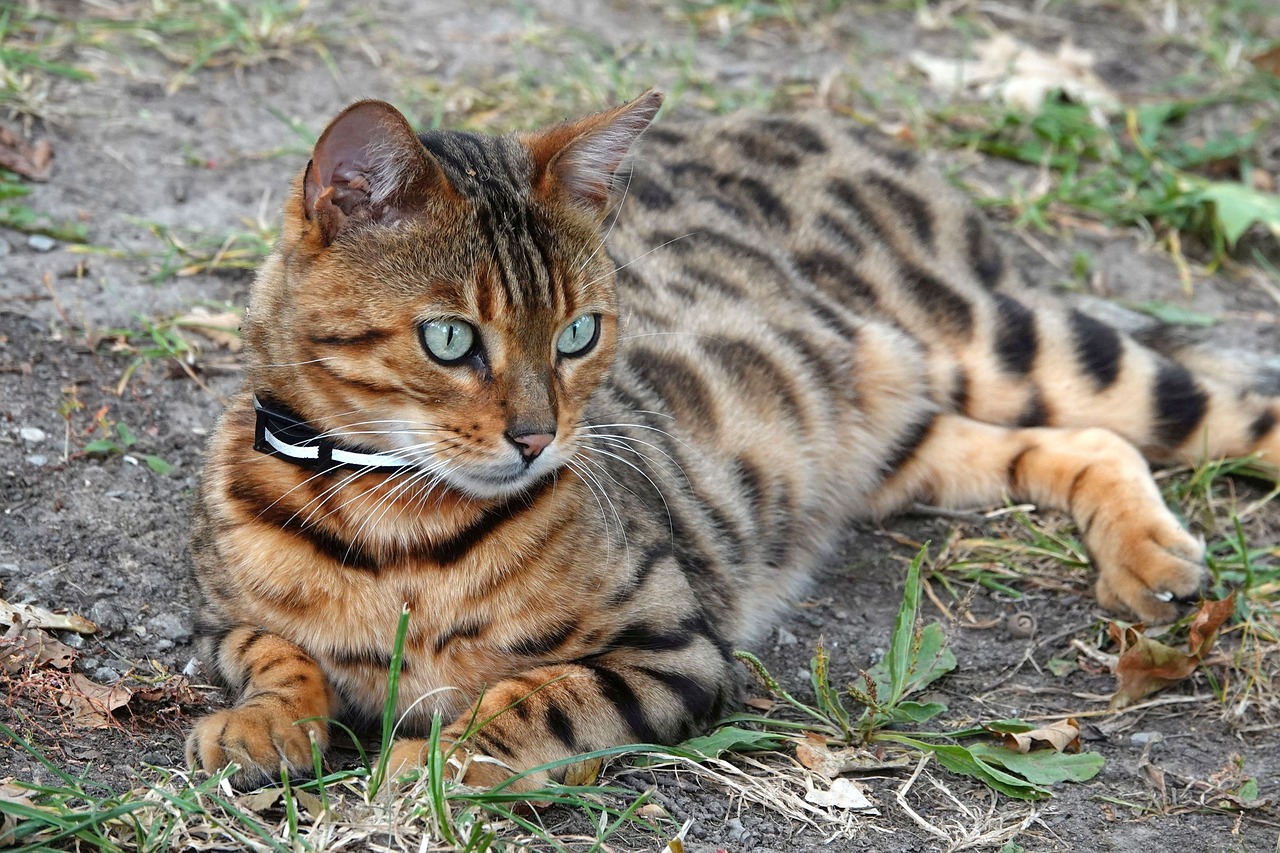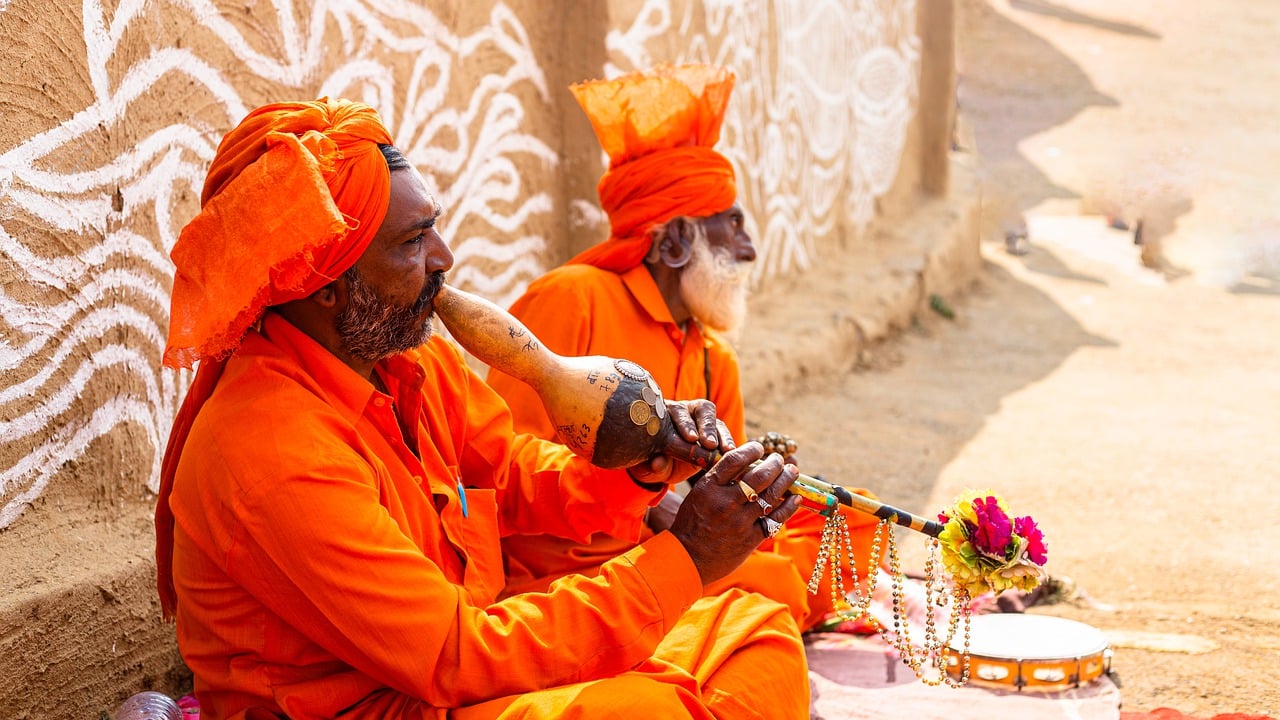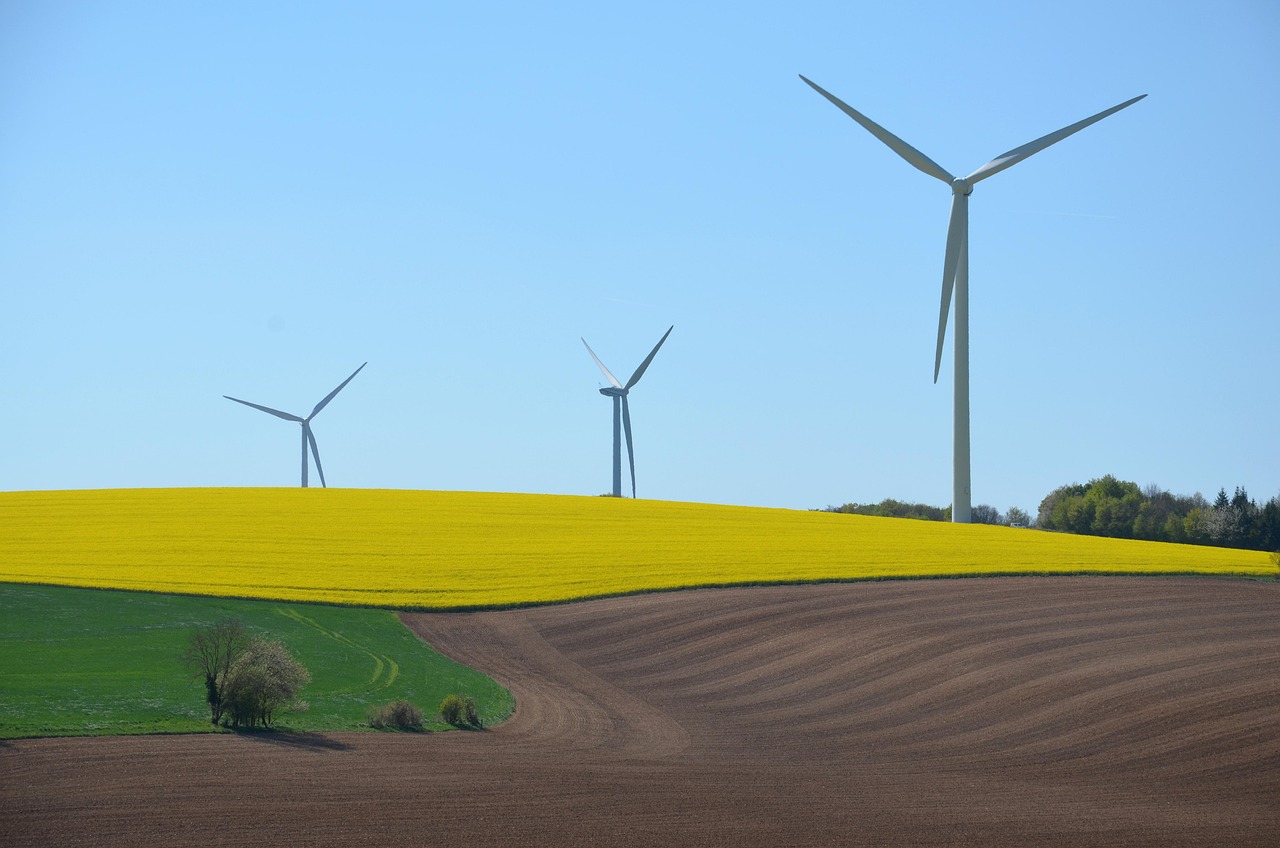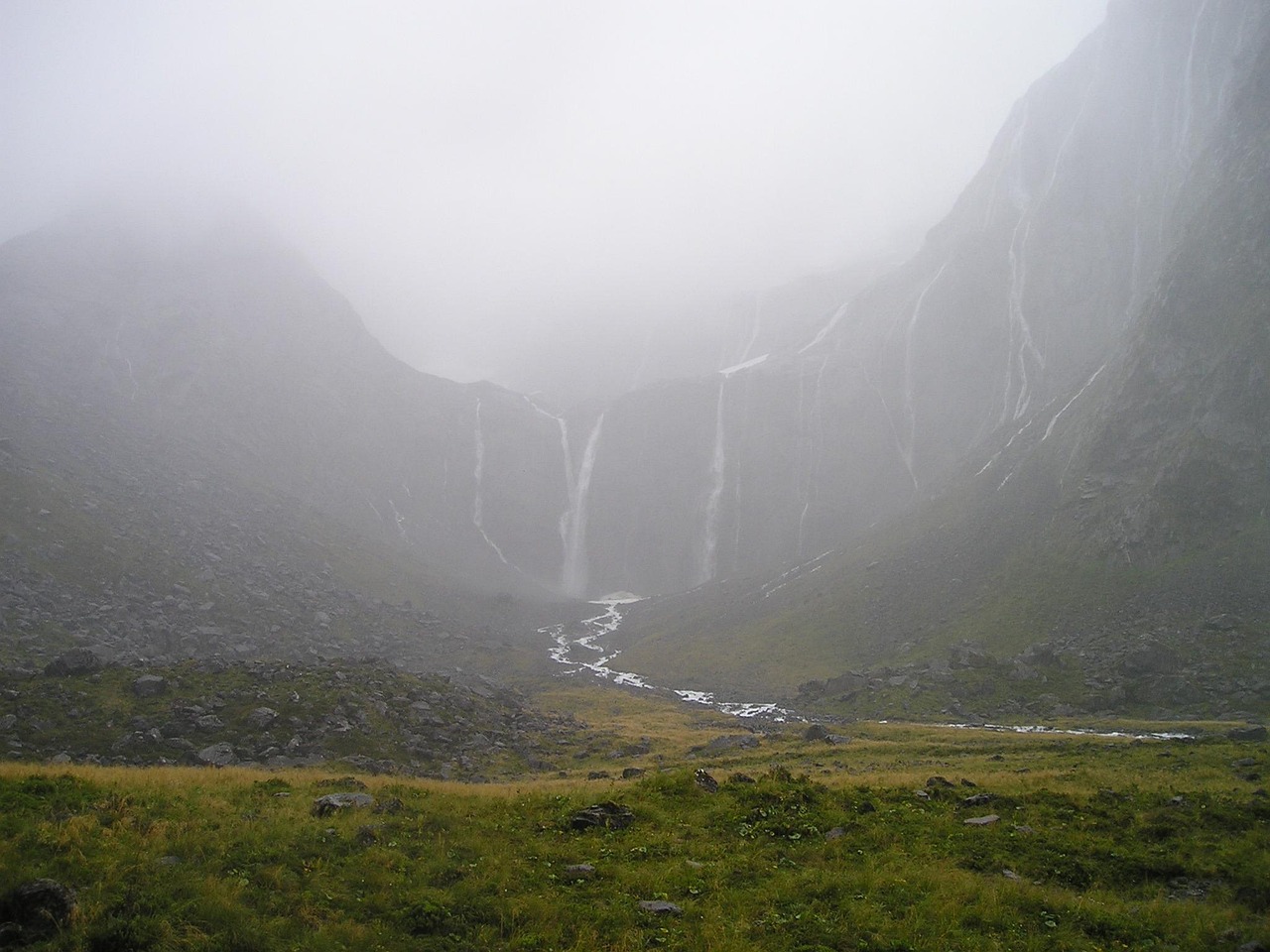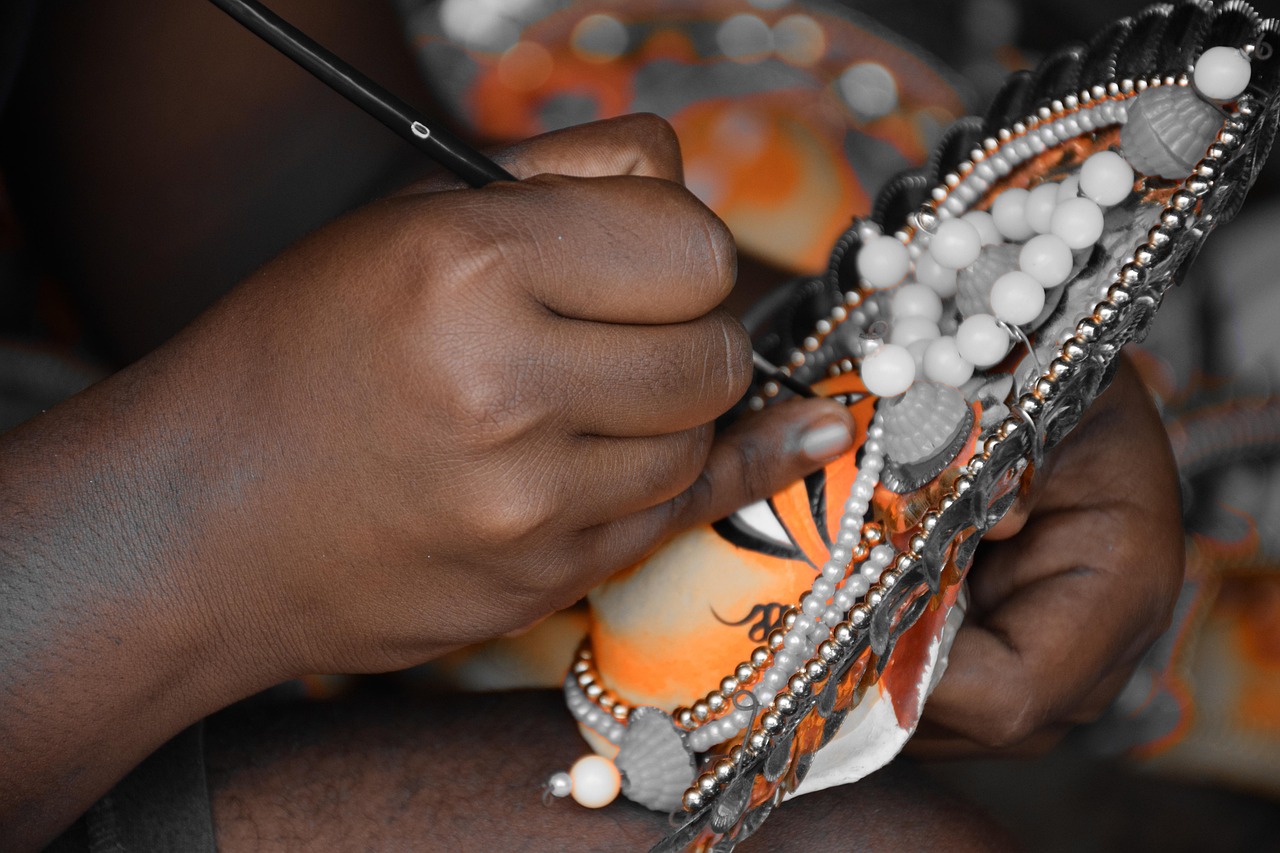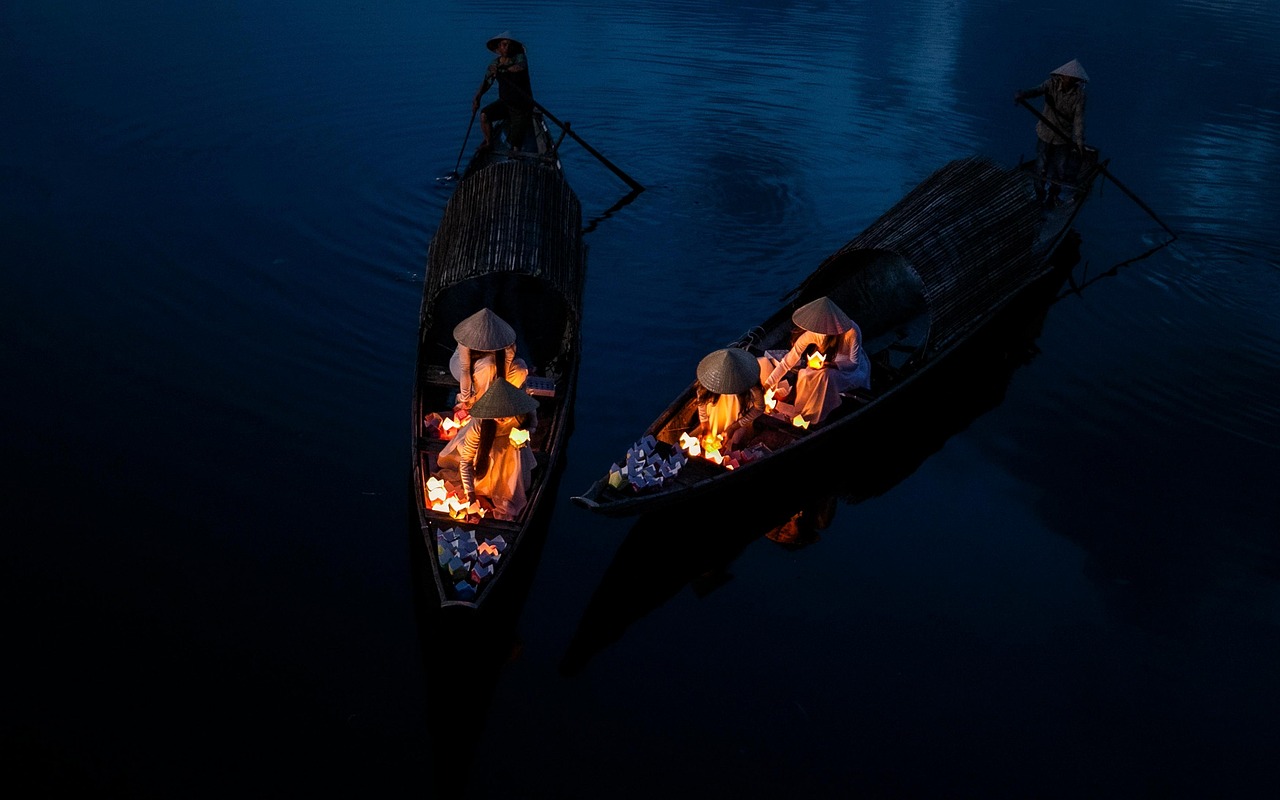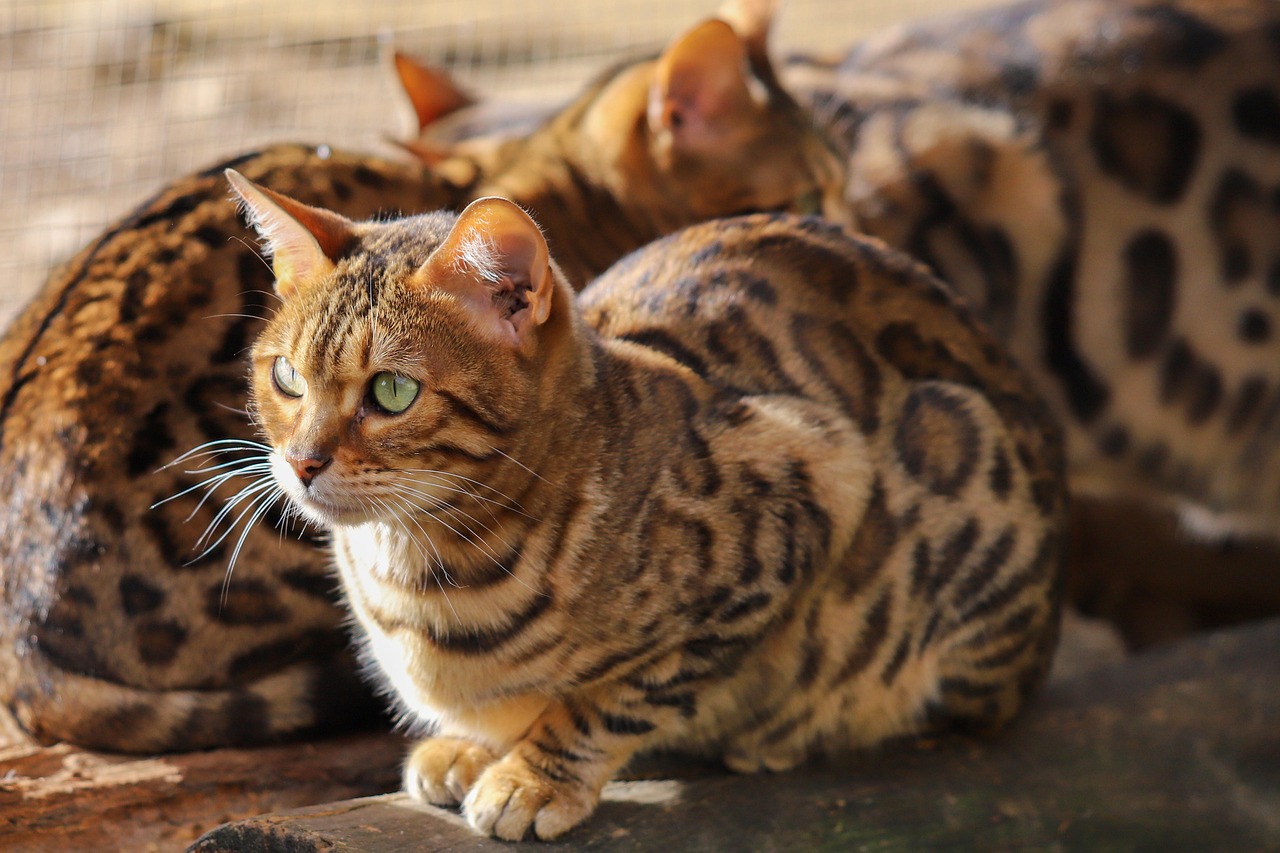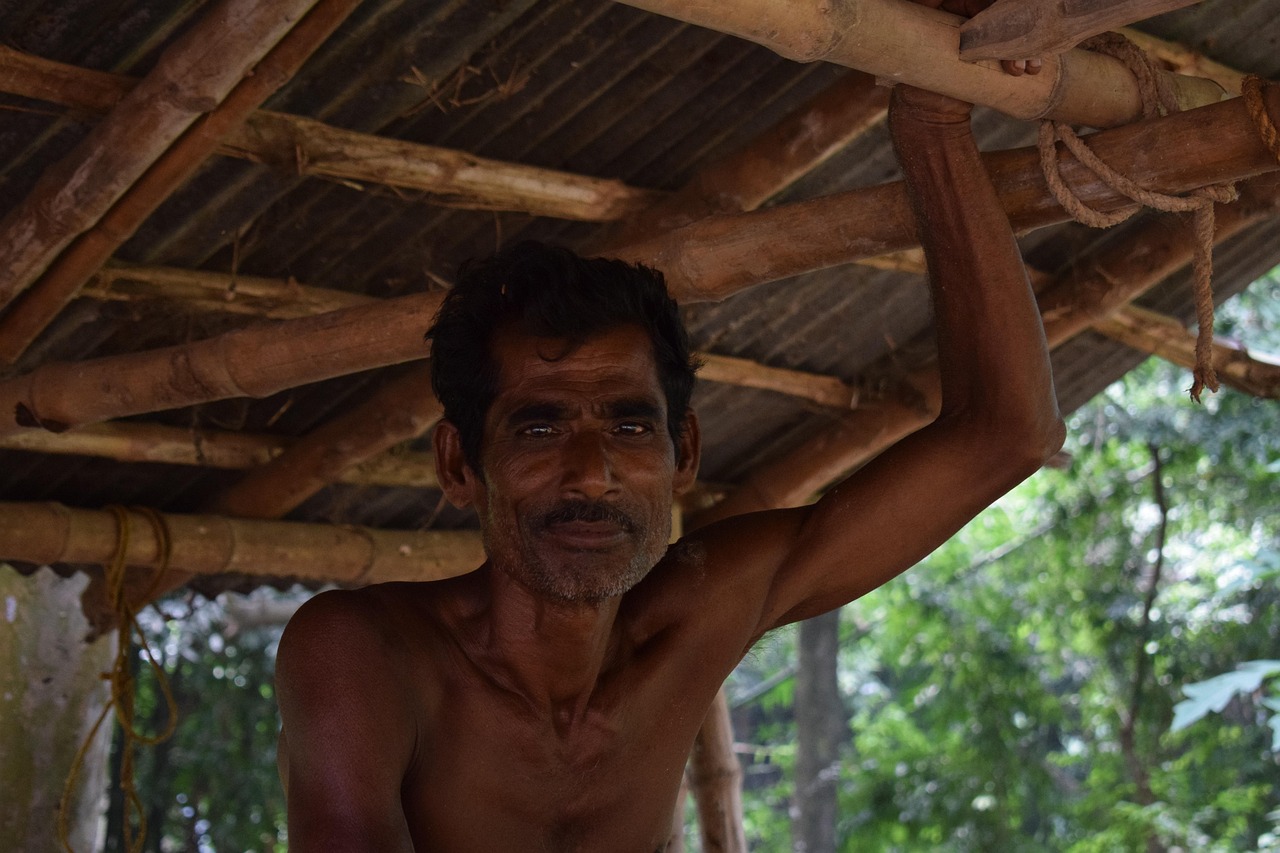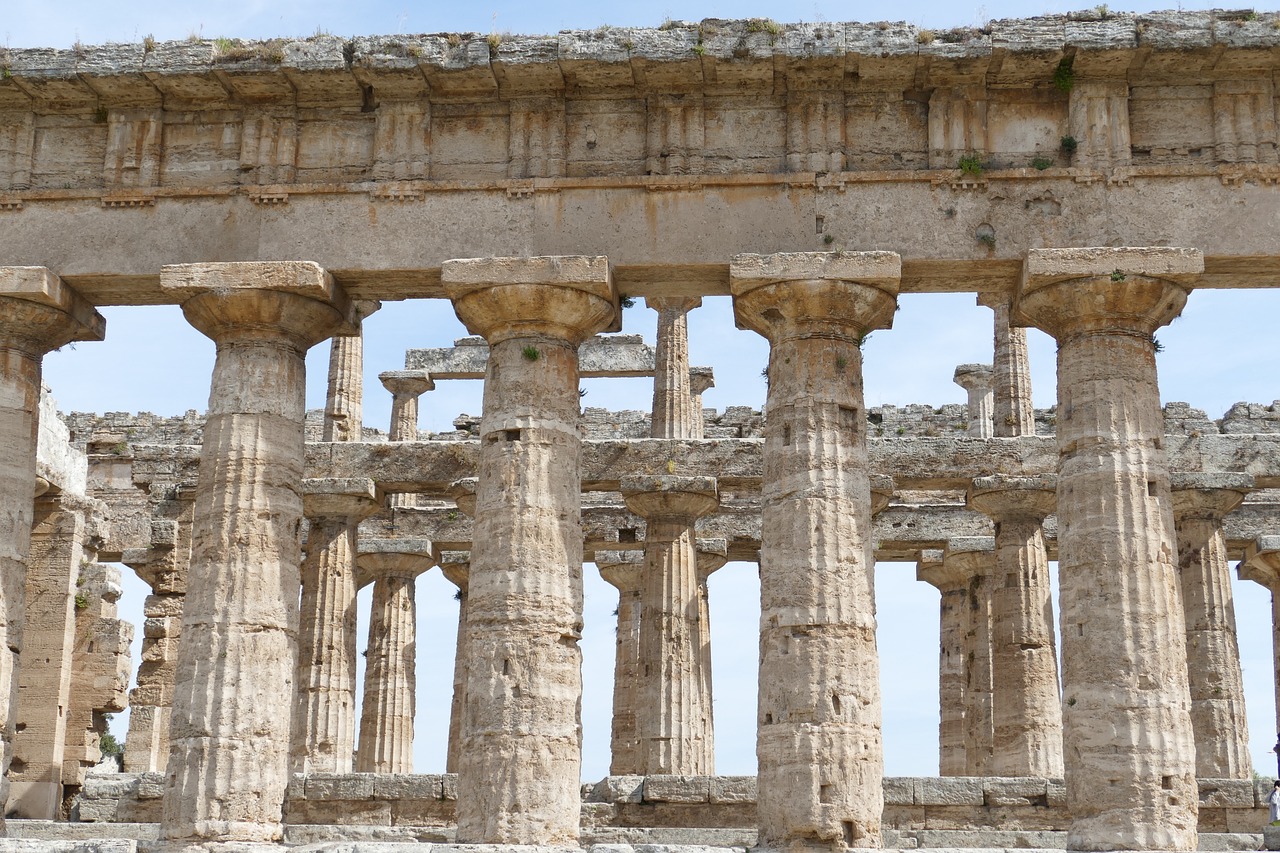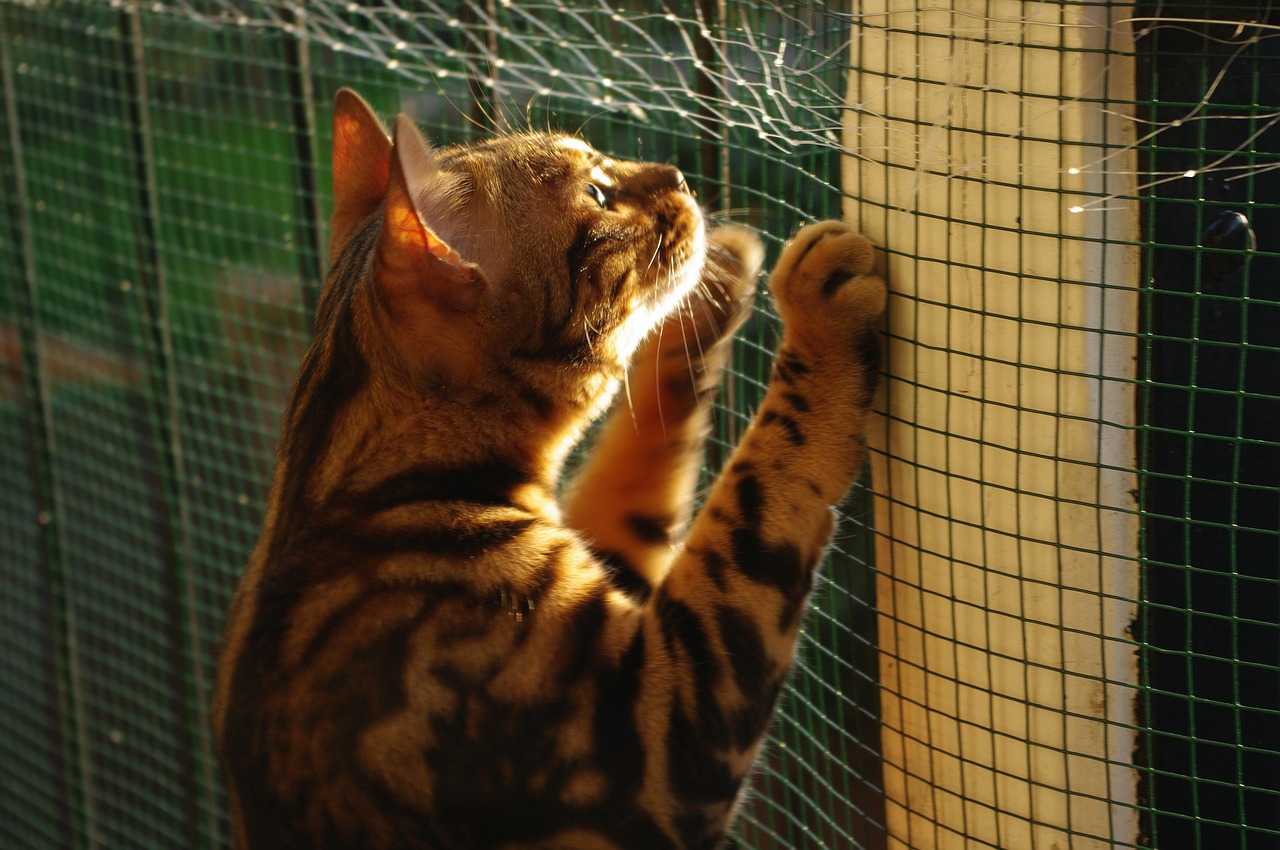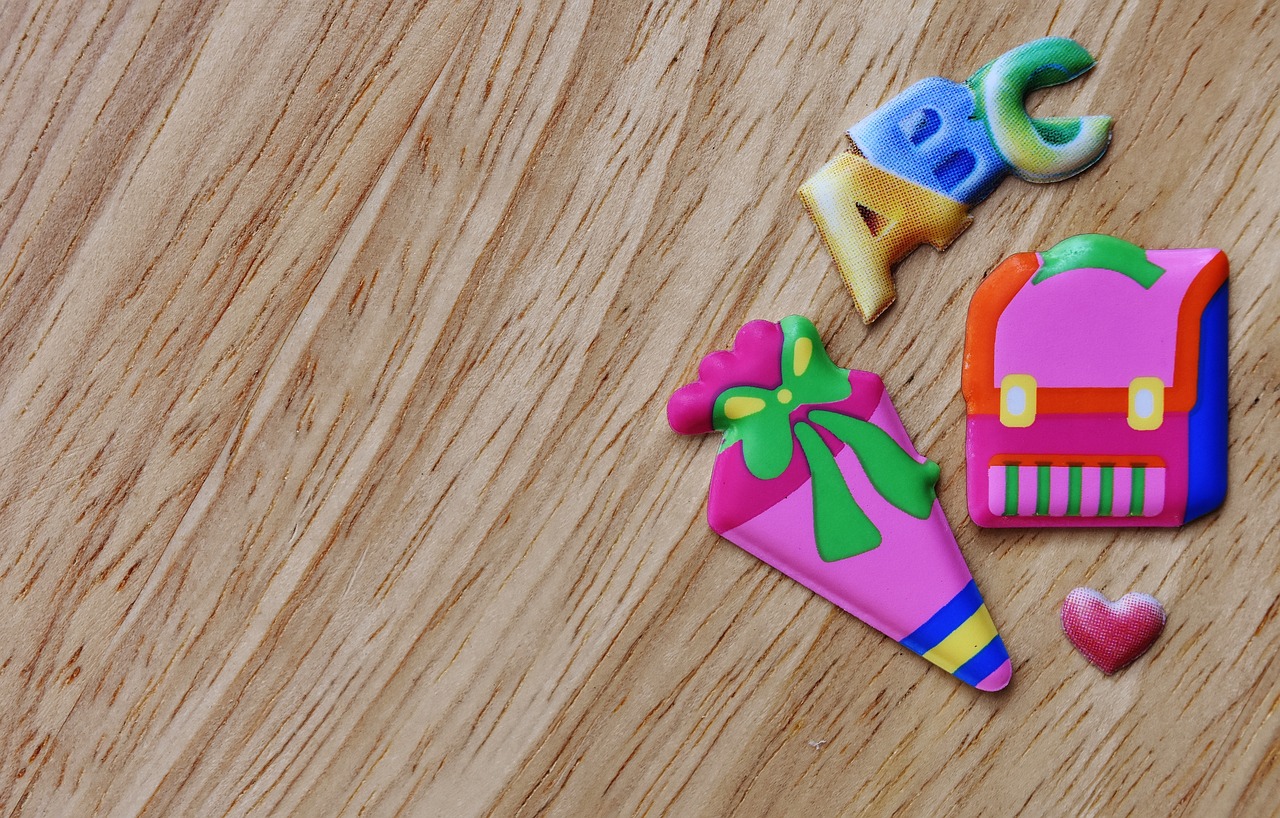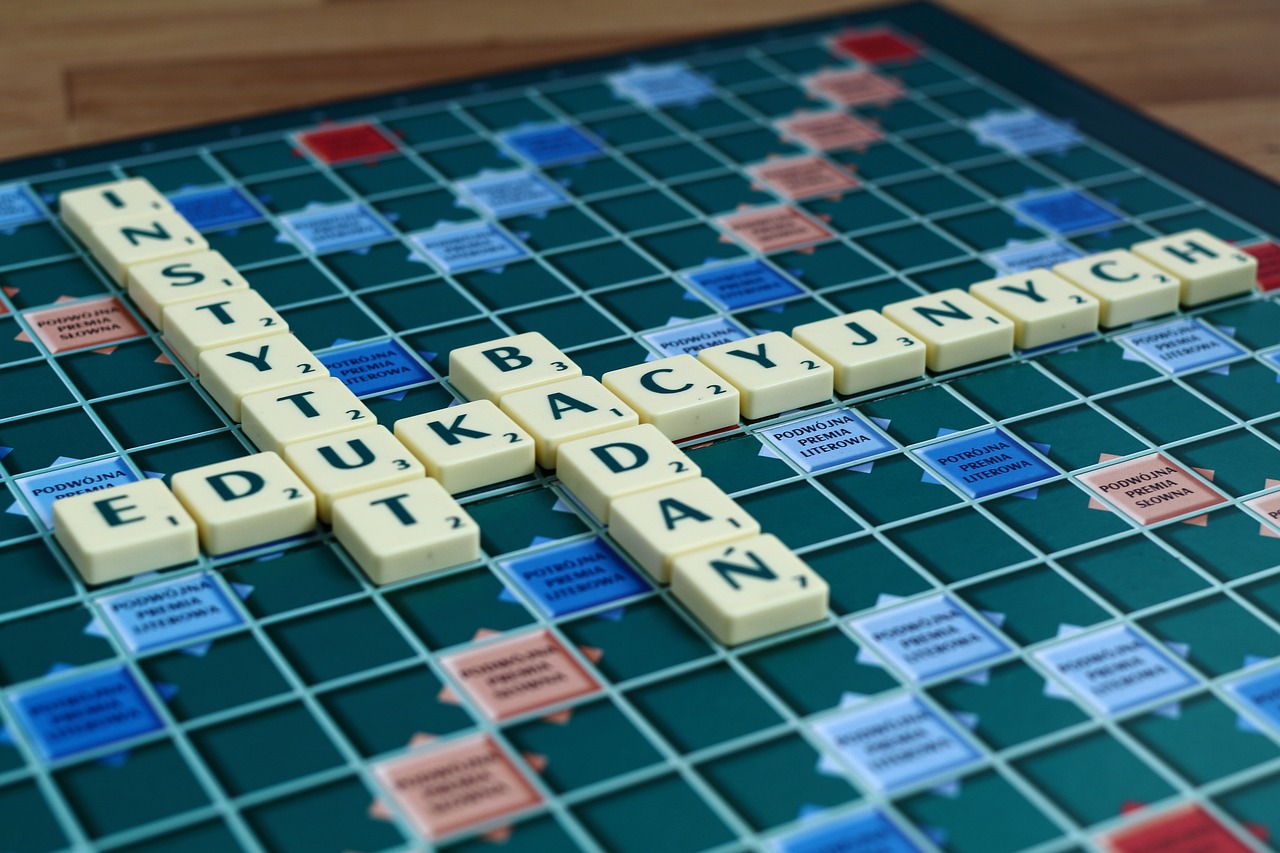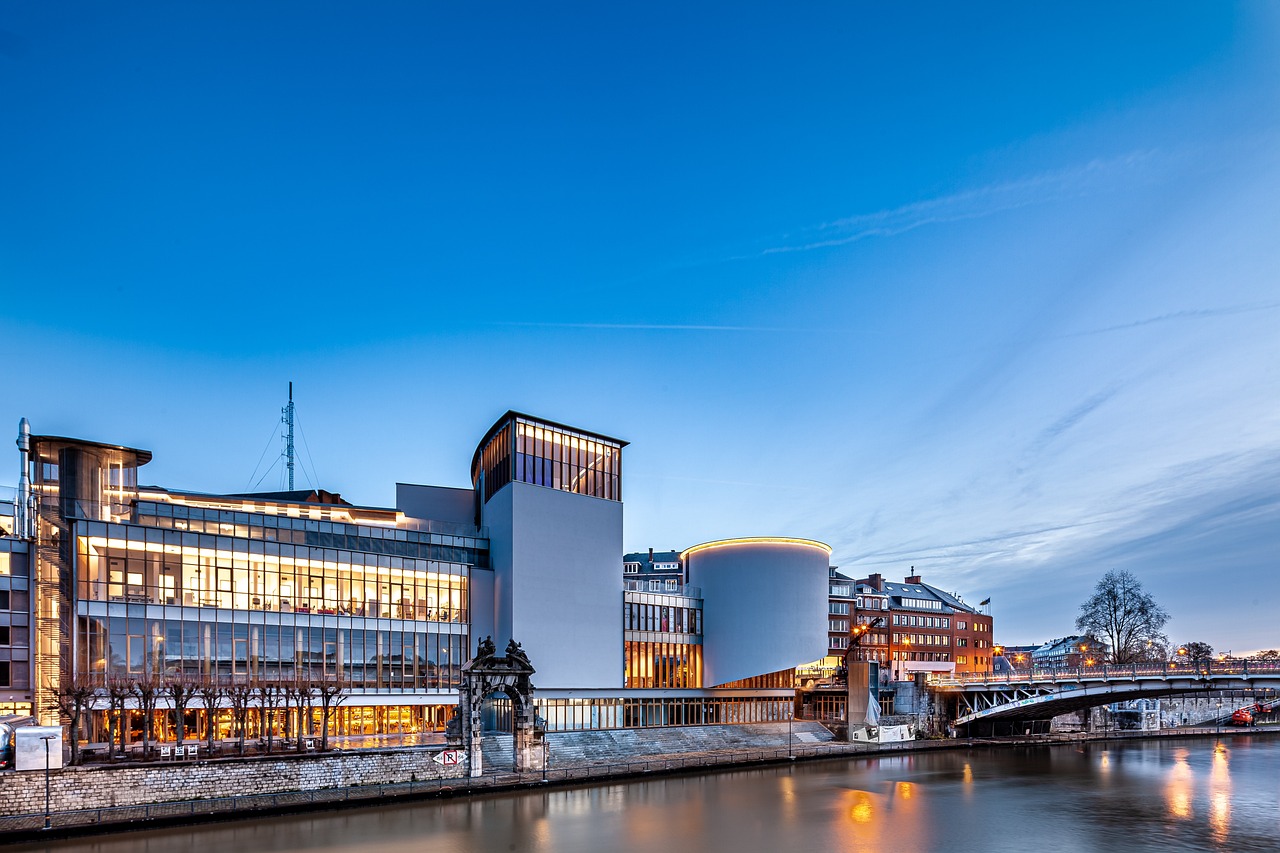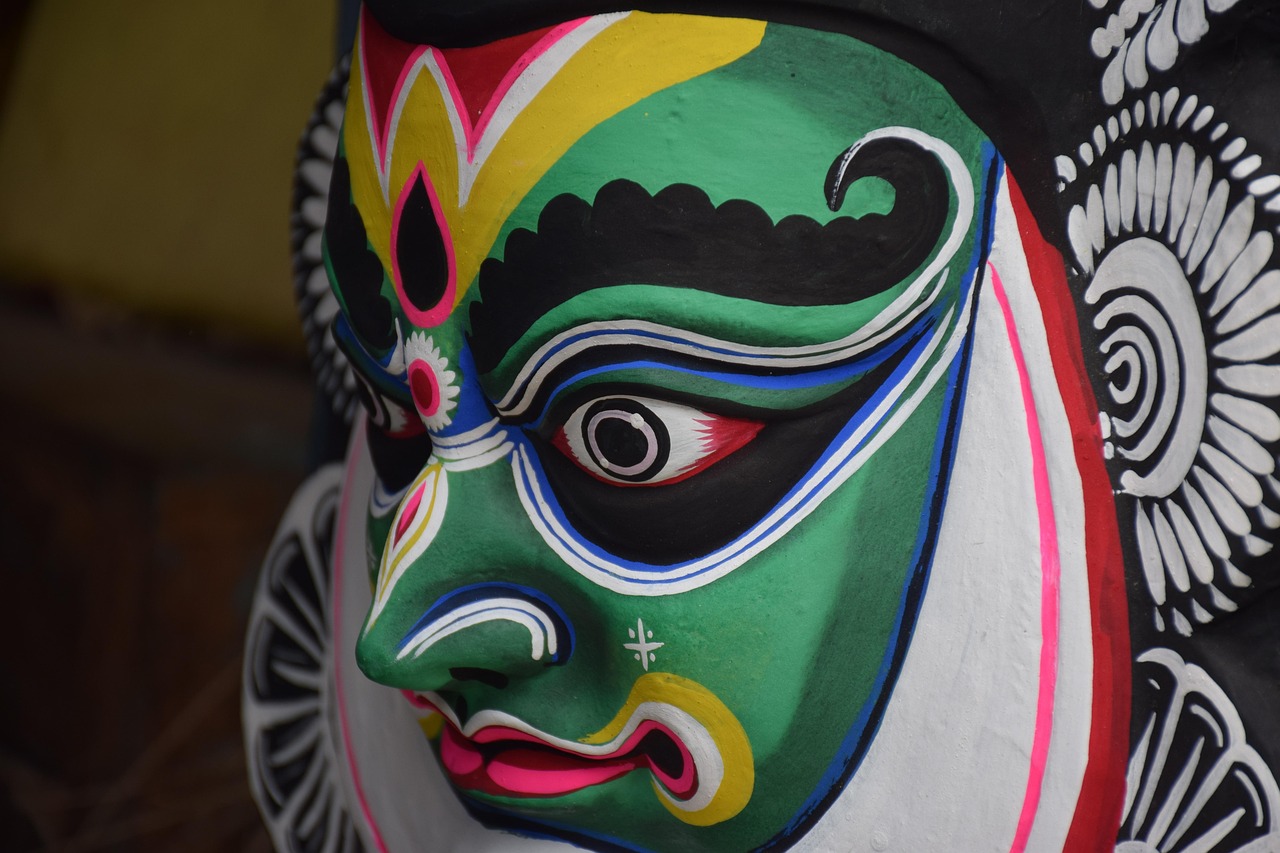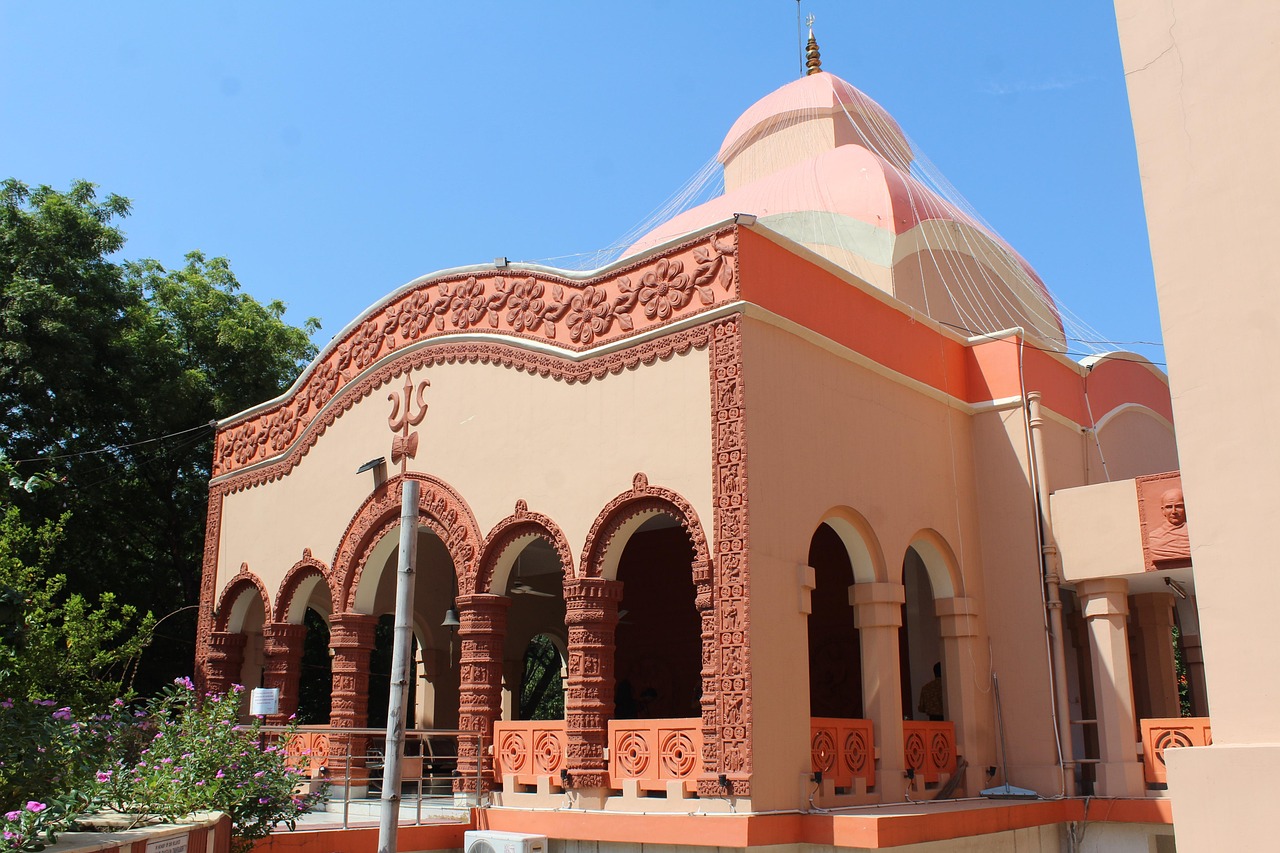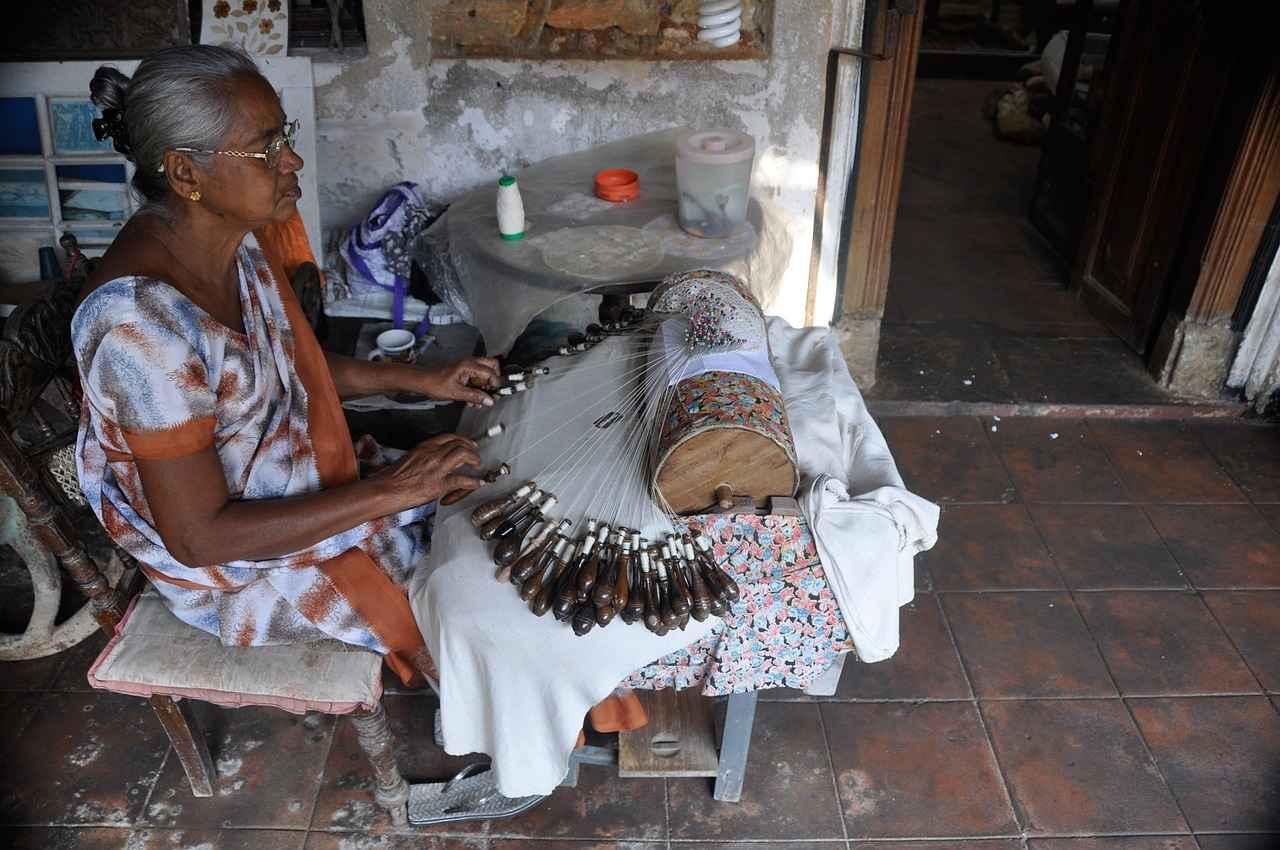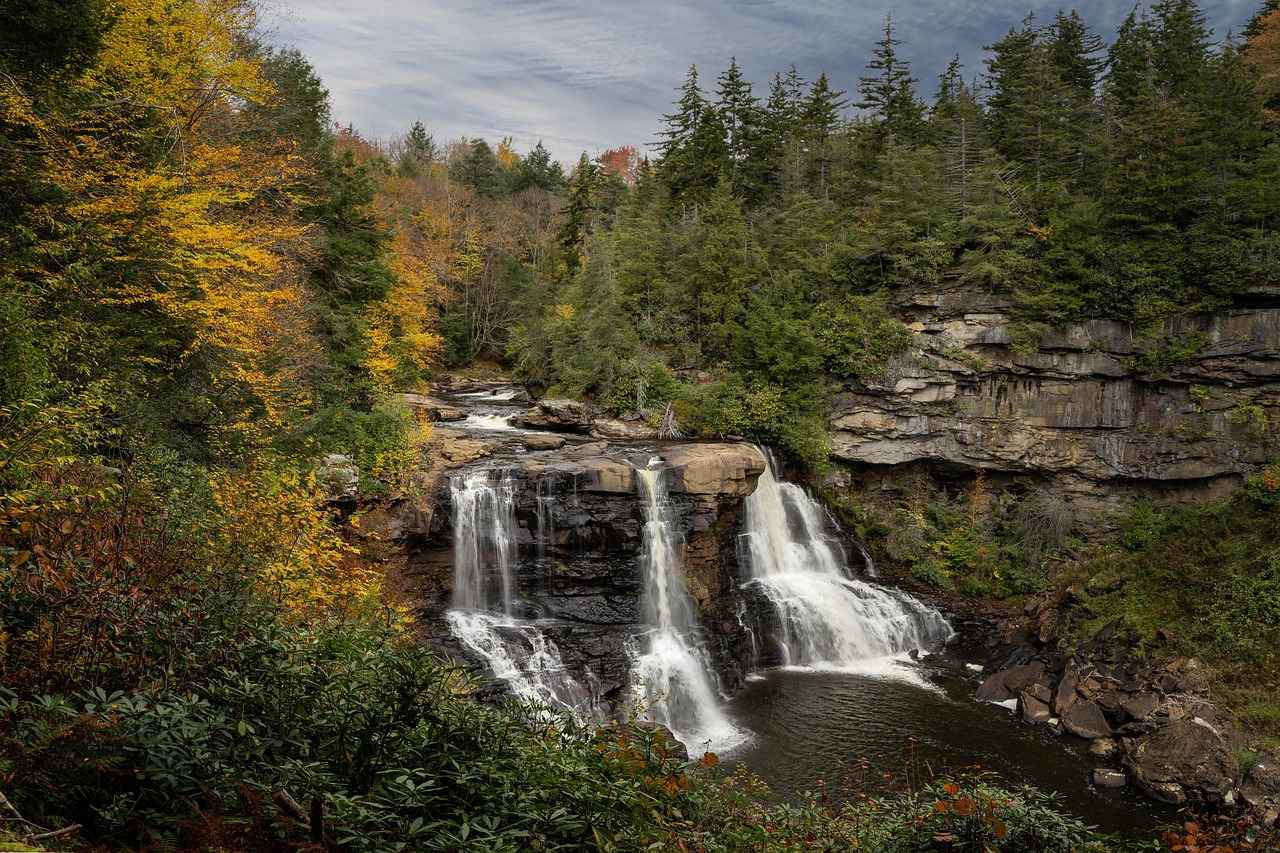This article explores the vibrant folk music and dance traditions of West Bengal, delving into their historical significance, diverse styles, and the cultural narratives they convey through rhythm and melody.
Historical Background of West Bengal Folk Music
The roots of West Bengal’s folk music are deeply intertwined with its history, reflecting the socio-cultural evolution of the region. Originating from various communities, these musical expressions have been shaped by historical events, local legends, and the daily lives of the people. The rich tapestry of West Bengal’s history informs the diverse sounds and styles that are celebrated today.
Diverse Genres of Folk Music
West Bengal boasts a plethora of folk music genres, each unique in style and origin. Popular forms such as Baul, Bhawaiya, and Jhumur showcase distinct characteristics that resonate with audiences. These genres not only entertain but also serve as a medium for storytelling and cultural expression.
- Baul Music: A mystical tradition that combines spiritual themes with folk melodies, characterized by unique instruments and philosophical lyrics.
- Bhawaiya Music: Known for its emotive melodies, often expressing themes of love and rural life.
- Jhumur Music: Reflects the joyous spirit of tribal communities, often accompanied by dance.
Traditional Dance Forms of West Bengal
The dance forms of West Bengal are as diverse as its music, often accompanying folk songs. Notable traditional dances include:
- Chhau Dance: A martial dance form that combines storytelling and acrobatics, showcasing the region’s folklore.
- Jhumur Dance: A lively dance associated with tribal celebrations, characterized by rhythmic movements and vibrant costumes.
The Role of Folk Music and Dance in Festivals
Folk music and dance play a vital role in the festivals of West Bengal, serving as a medium for cultural expression and community bonding. These performances are integral to celebrations, highlighting the region’s rich cultural heritage.
Preservation of Folk Traditions
In the face of modernization, preserving folk music and dance traditions is crucial. Various initiatives are underway to keep these cultural practices alive for future generations, ensuring that the essence of West Bengal’s heritage continues to thrive.
Influence of Folk Music on Contemporary Art
West Bengal’s folk music has significantly influenced contemporary art forms, inspiring musicians, dancers, and visual artists alike. The crossover between traditional and modern artistic expressions enriches the cultural landscape.
Conclusion: The Future of West Bengal’s Folk Heritage
As we reflect on the rich heritage of West Bengal’s folk music and dance, it is essential to recognize their evolving nature and the importance of safeguarding these cultural treasures for future generations. The continued appreciation and practice of these art forms will ensure that they remain vibrant and relevant.

Historical Background of West Bengal Folk Music
The Historical Background of West Bengal Folk Music
The rich tapestry of West Bengal’s folk music is a reflection of the region’s vibrant history and cultural evolution. This music is not merely a form of entertainment; it is a historical narrative that captures the essence of the people, their struggles, and their celebrations. The roots of this musical tradition can be traced back to ancient times when oral storytelling was the primary means of passing down knowledge and culture.
Over the centuries, West Bengal has witnessed various socio-political changes, including the influence of religions such as Hinduism and Islam, which have greatly shaped its musical landscape. The intermingling of these cultures has led to the emergence of diverse musical styles, each carrying unique stories and themes. For instance, the Baul music tradition is known for its spiritual depth, often reflecting the quest for truth and the divine, while Bhawaiya expresses the emotional experiences of love and longing.
Moreover, the impact of colonial rule in the 19th century introduced Western musical elements, further enriching the folk music scene. The Bangla folk songs became a medium for social and political commentary, often used to inspire movements for independence and social justice.
Today, the folk music of West Bengal continues to thrive, serving as a bridge between the past and the present. It is performed at various cultural events and festivals, ensuring that these traditions are kept alive for future generations. Understanding the historical context of this music not only enhances our appreciation of its beauty but also highlights its significance as a cultural heritage that deserves preservation.

Diverse Genres of Folk Music
West Bengal is renowned for its rich tapestry of folk music, which reflects the region’s diverse cultural heritage and history. Each genre offers a unique perspective, showcasing the emotions, stories, and traditions of the people. Below, we delve into some of the most celebrated forms of folk music in West Bengal, highlighting their distinctive characteristics and cultural significance.
- Baul Music
Baul music is perhaps the most iconic of West Bengal’s folk traditions. Originating from the wandering minstrel community, Baul songs often convey profound spiritual and philosophical themes. The melodies are typically accompanied by instruments such as the Ektara and Duggi, creating a soulful ambiance. The lyrics explore the quest for love and truth, resonating deeply with listeners.
- Bhawaiya Music
Hailing from the northern regions of Bengal, Bhawaiya music is characterized by its emotive and melancholic melodies. The songs often express the pain of separation and the beauty of rural life. Bhawaiya is not just music; it is a narrative that encapsulates the essence of human emotions, making it a vital part of the local culture.
- Jhumur Music
Jhumur music is closely associated with the tribal communities of West Bengal. It is lively and rhythmic, often performed during festivals and community gatherings. The songs celebrate nature, love, and the joys of rural life, making it an integral part of the region’s cultural identity.
The diversity in these genres not only highlights the artistic richness of West Bengal but also serves as a medium for storytelling and cultural expression. Each genre is a living testament to the region’s history and the evolving narratives of its people.
In conclusion, the folk music of West Bengal is a vital part of its cultural landscape, with each genre contributing to a larger narrative that celebrates life, love, and the human experience.
Baul Music
is a captivating genre that embodies the rich cultural tapestry of West Bengal. This mystical tradition intertwines spiritual themes with enchanting folk melodies, creating a unique musical experience that resonates deeply with its audience. The essence of Baul music lies in its ability to convey profound messages through simple yet evocative tunes, reflecting the universal quest for truth and love.
Originating from the rural landscapes of Bengal, Baul music is characterized by its use of distinctive instruments such as the Ektara and Duggi. These instruments, often handmade, produce a sound that is both soulful and uplifting, allowing musicians to connect with listeners on an emotional level. The simplicity of these tools enhances the spiritual experience, making the music accessible to all.
The lyrics of Baul songs delve into a variety of themes, often exploring the relationship between the human spirit and the divine. They frequently touch upon the beauty of nature, the essence of love, and the pursuit of enlightenment. This philosophical depth is what sets Baul music apart, allowing it to transcend generations and remain relevant in contemporary society.
Moreover, Baul musicians often adopt a nomadic lifestyle, traveling from village to village, sharing their art and wisdom. This tradition of oral storytelling not only preserves the music but also enriches the cultural heritage of West Bengal.
In conclusion, Baul music is more than just a genre; it is a spiritual journey that invites listeners to reflect on their own lives and experiences. As we continue to celebrate and preserve this beautiful tradition, it is essential to recognize its role in fostering community and cultural identity.
Instruments Used in Baul Music
Baul music, a significant aspect of West Bengal’s rich cultural heritage, is deeply rooted in spirituality and mysticism. The Ektara and Duggi are two primary instruments that define the sound of this enchanting musical genre. These instruments, though simple in design, play a crucial role in creating a profound auditory experience that resonates with the listener’s soul.
| Instrument | Description | Role in Baul Music |
|---|---|---|
| Ektara | A one-stringed instrument, typically made from a gourd and bamboo. | It provides a melodic foundation, allowing singers to express their philosophical lyrics. |
| Duggi | A small hand drum that produces rhythmic beats. | It enhances the tempo and creates an engaging rhythm that complements the Ektara. |
The Ektara, with its single string, is not just an instrument but a symbol of simplicity and unity. It is played by plucking the string while the musician sings, creating a harmonious blend that captivates audiences. The sound of the Ektara is often described as evocative, transporting listeners into a meditative state, where the essence of the lyrics can be fully appreciated.
On the other hand, the Duggi adds a layer of rhythmic complexity to Baul performances. Its beats echo the heartbeat of the earth, connecting the physical and spiritual realms. Together, these instruments create a rich soundscape that enhances the overall spiritual experience of Baul music.
In conclusion, the instruments used in Baul music are more than mere tools; they are vital components that enrich the musical journey, allowing performers to convey deep philosophical messages while inviting listeners to explore their own spiritual paths.
Philosophy and Themes
Philosophy and Themes of Baul Music
Baul music, a unique and mystical tradition from West Bengal, transcends mere entertainment; it is a profound exploration of love, nature, and the divine. The lyrics of Baul songs are rich with philosophical depth, often inviting listeners to reflect on their own existence and the universe around them. This exploration of existential themes is what makes Baul music resonate deeply with audiences across generations.
At the heart of Baul philosophy lies the quest for truth and understanding. The Bauls, often referred to as wandering minstrels, use their art to convey messages that challenge societal norms and encourage spiritual awakening. Their songs frequently emphasize the importance of inner peace and the connection between the self and the cosmos. The recurring motifs of love and nature serve as metaphors for the spiritual journey, illustrating how the two are intertwined in the pursuit of enlightenment.
Moreover, Baul lyrics often reflect the simplicity of rural life, celebrating the beauty of the natural world and the relationships that define human existence. The imagery used in these songs paints vivid pictures of the landscape, seasons, and the human experience, making them relatable to a wide audience. Through their music, Bauls express a longing for unity with nature and a desire to transcend material concerns.
In summary, the themes explored in Baul music are not just artistic expressions; they are philosophical inquiries that engage listeners on multiple levels. By intertwining love, nature, and spirituality, Baul songs foster a sense of community and shared experience, making them timeless pieces of cultural heritage that continue to inspire and resonate with people today.
Bhawaiya Music
is a captivating genre that hails from the northern regions of Bengal, particularly prevalent in the districts of Cooch Behar and Jalpaiguri. This traditional form of music is celebrated for its emotive melodies and poignant lyrics, often reflecting themes of love, loss, and the rich tapestry of rural life. The genre is deeply rooted in the cultural fabric of Bengal, embodying the sentiments of the local populace.
Characterized by its soothing tunes and heartfelt expressions, Bhawaiya music resonates with listeners through its ability to convey the profound emotions experienced by separated lovers. The lyrics often depict the longing and yearning that arise from distance, encapsulating the essence of human relationships. This emotional depth is what makes Bhawaiya a cherished genre among music lovers.
The musical structure of Bhawaiya typically employs a combination of traditional instruments such as the harmonium, tabla, and dotara. These instruments create a rich, harmonious sound that enhances the storytelling aspect of the songs. The melodies are often simple yet captivating, allowing the lyrics to take center stage and evoke a range of feelings from the audience.
In addition to its emotional themes, Bhawaiya music also celebrates the beauty of rural life. Many songs depict the picturesque landscapes of Bengal, from lush green fields to flowing rivers, painting a vivid picture of the region’s natural beauty. This connection to the land is a significant aspect of Bhawaiya, as it reflects the daily lives and struggles of the rural communities.
As Bhawaiya music continues to evolve, it faces the challenge of modernization. However, efforts are being made to preserve this cultural heritage through various initiatives, ensuring that future generations can appreciate and enjoy the emotive power of this traditional art form.
In conclusion, Bhawaiya music is more than just a genre; it is a heartfelt expression of love and life in rural Bengal. Its rich melodies and evocative lyrics serve as a reminder of the deep connections we share, making it an integral part of West Bengal’s vibrant cultural landscape.
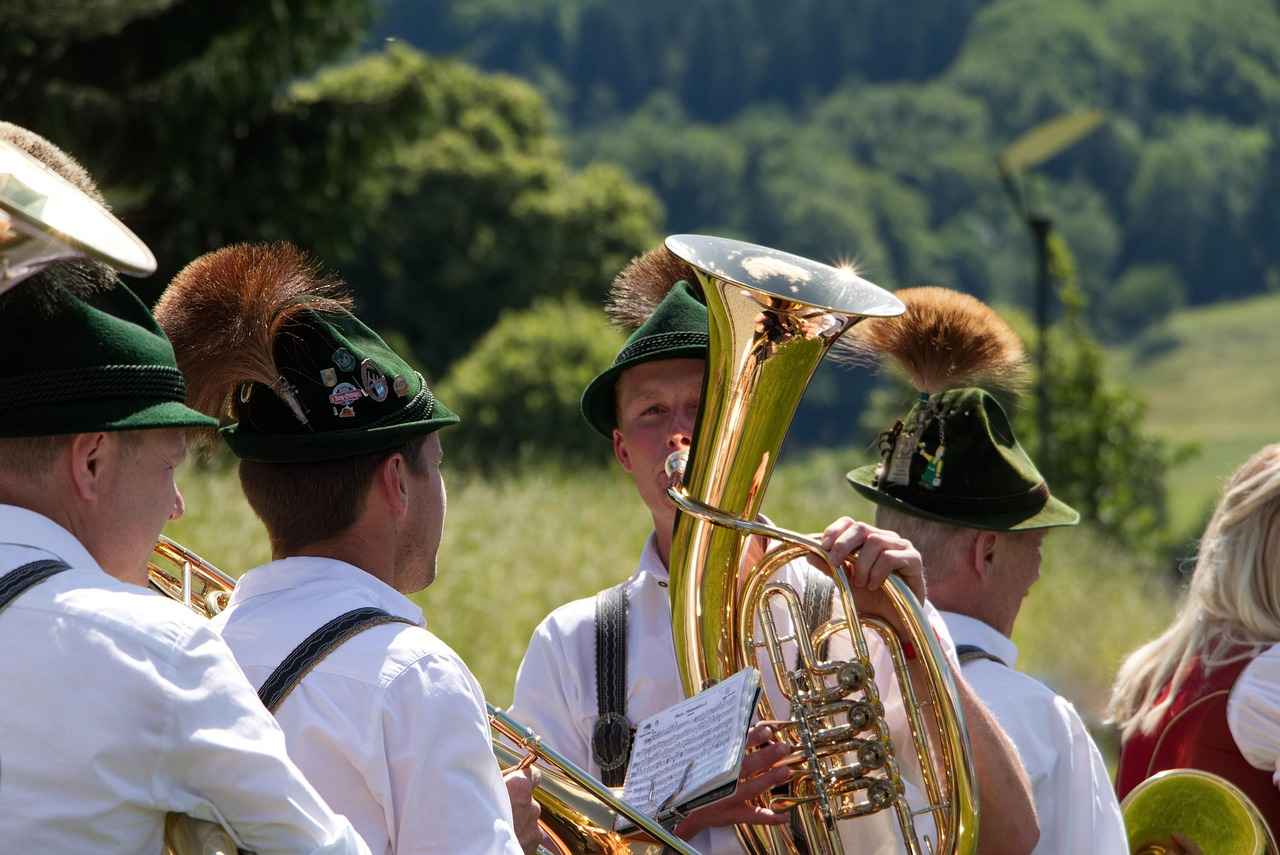
Traditional Dance Forms of West Bengal
The Traditional Dance Forms of West Bengal are a vibrant reflection of the region’s rich cultural heritage. These dances are not only artistic expressions but also serve as a medium for storytelling, preserving age-old traditions and community bonds.
West Bengal’s dance forms are as diverse as its landscapes, each with its unique style, music, and cultural significance. The dances often accompany traditional folk songs, enhancing the overall experience and connecting performers with their roots.
- Chhau Dance: This martial dance form originates from Purulia and is characterized by its energetic movements and elaborate masks. Chhau is performed during festivals and is known for its storytelling elements, often depicting tales from mythology.
- Jhumur Dance: Associated with the tribal communities, Jhumur is a lively folk dance that celebrates rural life. Its rhythmic movements and vibrant costumes embody the joyous spirit of community celebrations, making it a favorite during harvest festivals.
- Santhal Dance: This dance form is performed by the Santhal tribe and is an integral part of their cultural identity. It features graceful movements and is often accompanied by traditional instruments like the Mandar and the Dhol.
- Rabindra Nritya: Inspired by the works of Rabindranath Tagore, this dance form blends classical and folk styles. It focuses on expressing emotions and themes from Tagore’s poetry, making it a unique representation of Bengali culture.
The cultural significance of these dance forms cannot be overstated. They play a vital role in festivals, rituals, and ceremonies, fostering a sense of community and belonging. Through dance, stories of love, valor, and nature are passed down through generations, ensuring that the rich heritage of West Bengal continues to thrive.
In conclusion, the traditional dance forms of West Bengal are more than mere performances; they are a celebration of life, culture, and identity. As modernization encroaches upon these traditions, it becomes imperative to preserve and promote these art forms for future generations.
Chhau Dance
is a captivating martial dance form that is deeply rooted in the cultural heritage of West Bengal, particularly in the Purulia district. This unique dance style is not just a form of entertainment; it is a vibrant expression of storytelling, combining elements of acrobatics, music, and intricate facial expressions to convey rich narratives derived from local folklore.
The origins of Chhau can be traced back to ancient traditions, where it was performed during various festivals and religious ceremonies. The dance is characterized by its energetic movements and the use of elaborate masks, which represent different characters from mythology and folklore. These masks are not merely decorative; they play a crucial role in enhancing the storytelling aspect of the performance.
Chhau is performed in three distinct styles: Purulia Chhau, Mayurbhanj Chhau, and Seraikella Chhau. Each style has its own unique characteristics and cultural significance. For instance, Purulia Chhau is known for its vigorous movements and martial arts influences, while Mayurbhanj Chhau incorporates more graceful and fluid motions.
One of the most fascinating aspects of Chhau is its ability to integrate various art forms. The dance is often accompanied by traditional music, including drums and wind instruments, creating a vibrant atmosphere that captivates audiences. The performers, typically men, undergo rigorous training to master the intricate footwork and acrobatic feats that define this art form.
During festivals like Chhath Puja and Durga Puja, Chhau performances become a highlight, drawing large crowds. These events not only showcase the dance but also serve as a platform for community bonding and cultural pride. The significance of Chhau extends beyond entertainment; it is a vital part of the region’s identity and cultural heritage.
In recent years, efforts have been made to preserve and promote Chhau dance, ensuring that this remarkable art form continues to thrive in the face of modernization. Workshops and festivals dedicated to Chhau are being organized, attracting both local and international audiences, thereby keeping the spirit of this dance alive for future generations.
In conclusion, Chhau dance is more than just a performance; it is a celebration of West Bengal’s rich cultural tapestry. With its dynamic movements, storytelling prowess, and deep-rooted traditions, Chhau continues to enchant audiences and remain a vital part of the region’s cultural heritage.
Jhumur Dance
is a vibrant and lively folk dance that is deeply rooted in the cultural traditions of the tribal communities in West Bengal. This dance form is not just a performance; it embodies the joyous spirit of rural celebrations and is often a centerpiece during various festivals and gatherings. The rhythmic movements, combined with the colorful and elaborate costumes, create a visual spectacle that captivates both participants and spectators alike.
The origins of Jhumur dance can be traced back to the tribal heritage of West Bengal, particularly among the Santhal and other tribal groups. It is performed primarily during the harvest season and is a celebration of the bountiful crops. The dance is characterized by its lively beats, which are typically accompanied by traditional instruments such as the madol (a type of drum) and flutes, enhancing the overall festive atmosphere.
One of the most striking features of Jhumur dance is its choreography, which involves intricate footwork and graceful hand movements. The dancers often form circles, symbolizing unity and community, and their movements tell stories that reflect their daily lives, struggles, and aspirations. This dance form is not just an art; it serves as a medium for storytelling, where each movement conveys deep cultural narratives.
In addition to its aesthetic appeal, Jhumur dance plays a crucial role in preserving the cultural identity of the tribal communities. It is a means of passing down traditions and values from one generation to the next. As modernization encroaches upon these communities, efforts are being made to keep the spirit of Jhumur alive through workshops, cultural festivals, and performances that engage the youth and encourage them to embrace their heritage.
In conclusion, Jhumur dance is a beautiful representation of West Bengal’s folk culture, celebrating the essence of community and tradition. Its lively rhythms and vibrant expressions not only entertain but also serve as a reminder of the rich cultural tapestry that continues to thrive in the region.

The Role of Folk Music and Dance in Festivals
Folk music and dance are not merely forms of entertainment in West Bengal; they are integral components of the region’s cultural identity, especially during festivals. These vibrant expressions of art encapsulate the spirit of community, tradition, and celebration, making them essential to various festivities throughout the year.
During major festivals such as Durga Puja, Poila Baisakh (Bengali New Year), and Chhath Puja, folk music and dance serve as a medium for cultural expression. They bring people together, fostering a sense of unity and belonging. The rhythmic beats of traditional instruments and the melodious tunes resonate through the air, inviting everyone to participate in the celebrations.
- Community Engagement: Folk performances often involve participation from local communities, where everyone, regardless of age or background, can join in. This inclusiveness strengthens community ties.
- Storytelling: Many folk songs narrate historical events, myths, and local legends, providing a sense of continuity and connection to the past.
- Emotional Expression: Dance and music allow individuals to express their emotions, whether it be joy, nostalgia, or reverence, especially during significant religious ceremonies.
Moreover, the visual spectacle of traditional dance forms, such as Chhau and Jhumur, adds a dynamic element to festivals. These dances often feature vibrant costumes and elaborate choreography that reflect the rich cultural heritage of West Bengal.
In conclusion, folk music and dance are not just performances; they are vital threads in the fabric of West Bengal’s festivals. They embody the region’s history, values, and community spirit, ensuring that these traditions continue to thrive for generations to come.
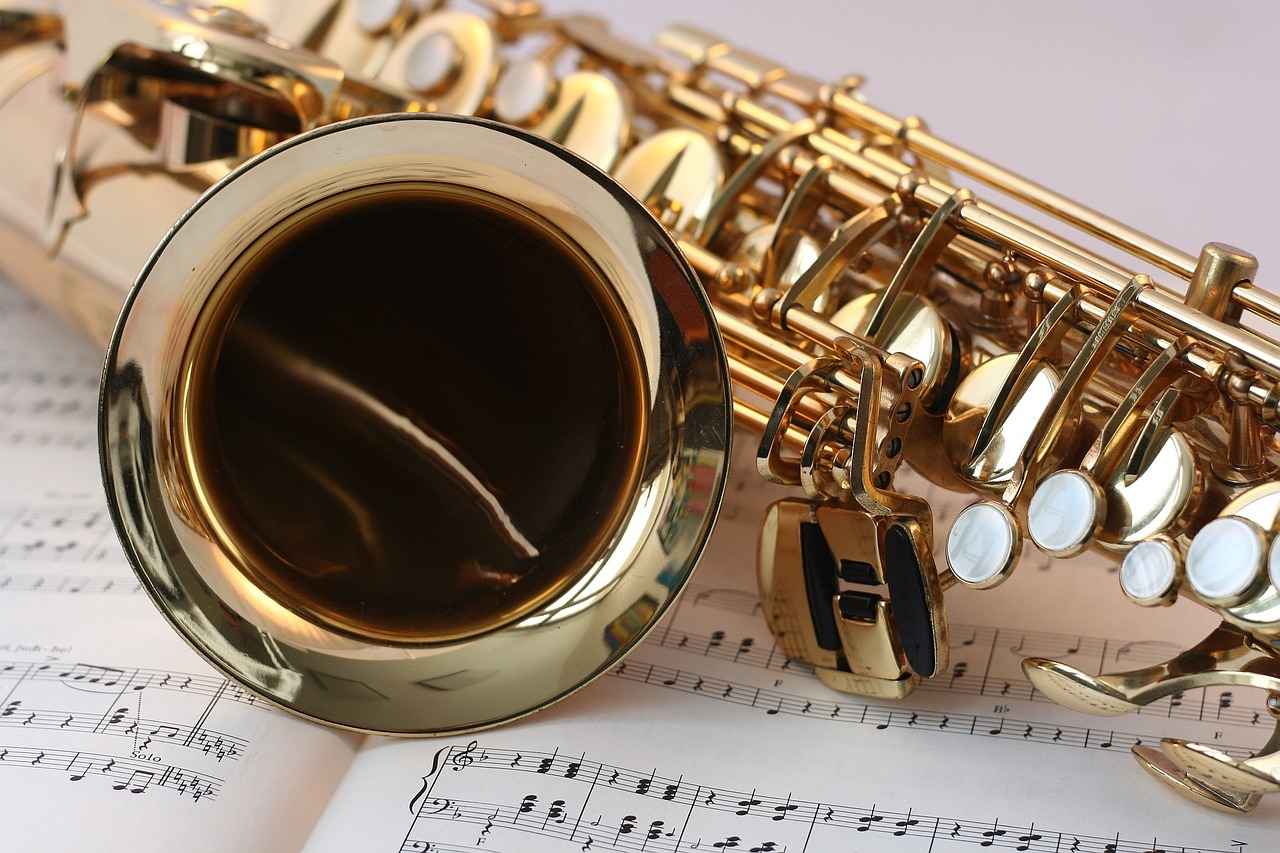
Preservation of Folk Traditions
In an era where modernization rapidly transforms cultural landscapes, the preservation of folk music and dance traditions has become increasingly critical. These art forms are not merely entertainment; they are vital expressions of identity, history, and community spirit. The ongoing efforts to safeguard these traditions ensure that future generations can experience and appreciate the rich cultural heritage of their ancestors.
Various initiatives have emerged to support the preservation of folk traditions. Community workshops and educational programs are being organized, where skilled practitioners teach younger generations the intricacies of folk music and dance. These programs often include:
- Hands-on Training: Participants learn traditional instruments and dance techniques directly from experienced artists.
- Performance Opportunities: Local festivals and events provide platforms for showcasing folk performances, fostering community engagement.
- Documentation Projects: Efforts are made to record and archive folk music and dance performances, ensuring they are preserved for future study and enjoyment.
Moreover, collaborations between artists and cultural organizations have led to innovative approaches in presenting folk traditions. By incorporating modern technology and social media, these initiatives reach wider audiences, creating greater awareness and appreciation for folk arts. For instance, online platforms allow artists to share their performances globally, while virtual workshops enable participants from various regions to connect and learn.
In addition, the role of government and non-governmental organizations cannot be overlooked. Many are actively involved in funding and promoting folk arts, recognizing their importance in cultural heritage. By supporting festivals, competitions, and educational initiatives, these entities play a vital role in the ongoing preservation efforts.
As we navigate the complexities of modern life, it is essential to remember that folk traditions hold the key to understanding our cultural roots. The collective efforts to preserve these art forms not only celebrate our past but also enrich our future, ensuring that the vibrant tapestry of folk music and dance continues to thrive.

Influence of Folk Music on Contemporary Art
West Bengal’s rich tapestry of folk music has not only preserved traditional cultural narratives but has also significantly influenced contemporary art forms. This influence can be seen across various artistic expressions, including music, dance, and visual arts. By exploring this crossover, we can appreciate how traditional elements continue to inspire and shape modern creativity.
The essence of West Bengal’s folk music lies in its ability to convey deep emotional and philosophical themes. Genres such as Baul and Bhawaiya have served as a wellspring of inspiration for contemporary musicians, who often incorporate traditional melodies and rhythms into their compositions. For instance, artists like Rabindranath Tagore and Hemanta Mukherjee have seamlessly blended folk elements with modern music, creating a unique sound that resonates with both older and newer generations.
Moreover, the vibrant dance forms associated with folk music, such as Chhau and Jhumur, have found their way into modern choreography. Contemporary dancers are increasingly drawing on these traditional movements, infusing them with innovative styles and interpretations. This fusion not only revitalizes the dance forms but also introduces them to broader audiences, ensuring their survival and relevance.
In the realm of visual arts, artists are using motifs and themes from folk music to create compelling works that reflect the socio-cultural landscape of West Bengal. The use of traditional symbols and narratives allows contemporary artists to connect with their roots while also addressing modern issues, making their work both timeless and timely.
In conclusion, the interplay between West Bengal’s folk music and contemporary art forms exemplifies a dynamic cultural exchange. As artists continue to explore and reinterpret traditional elements, they contribute to a rich dialogue that honors the past while paving the way for future innovations. This ongoing relationship ensures that the vibrant heritage of folk music remains a vital part of the contemporary artistic landscape.
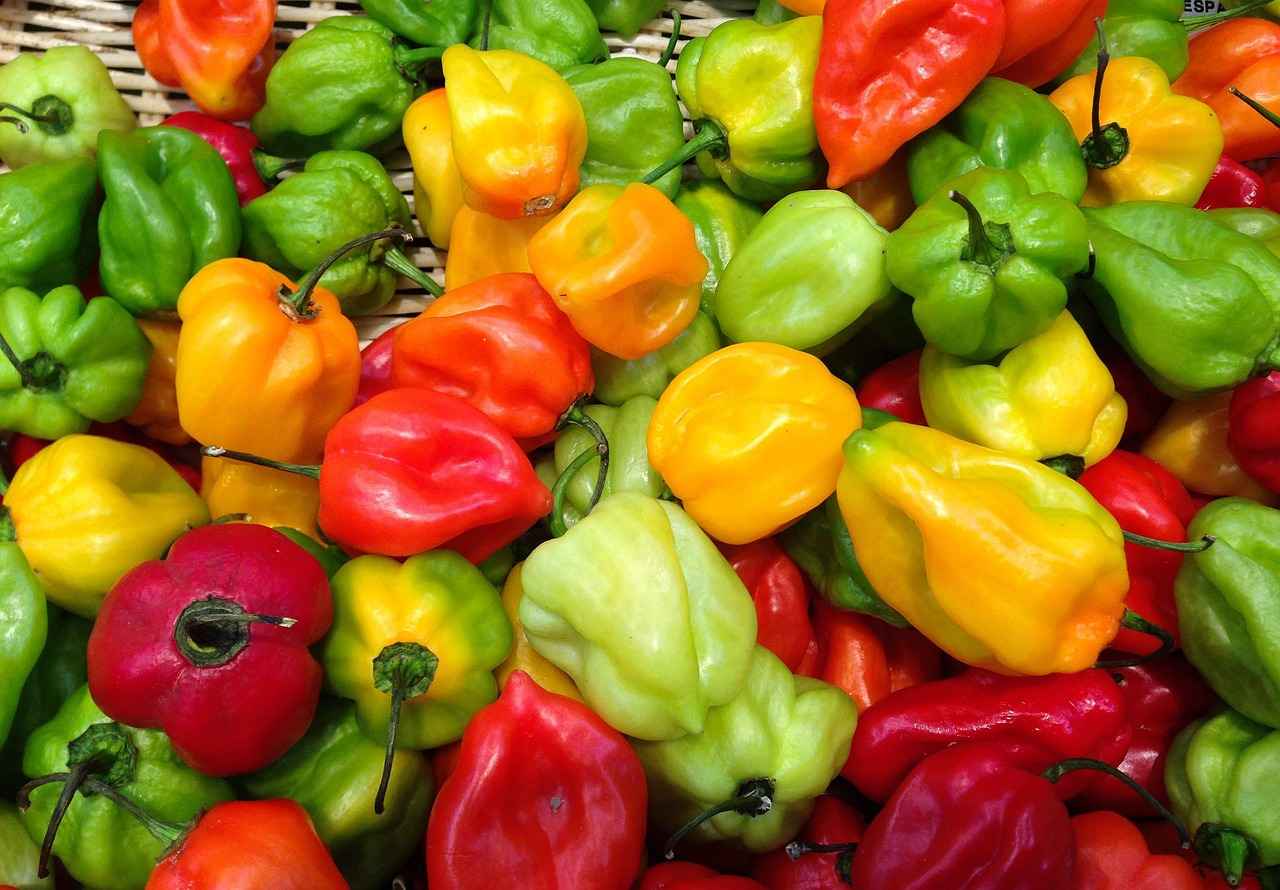
Conclusion: The Future of West Bengal’s Folk Heritage
As we delve into the vibrant tapestry of West Bengal’s folk music and dance, it becomes increasingly clear that these traditions are not merely relics of the past but are dynamic expressions of the region’s cultural identity. The rich heritage encapsulated in these art forms reflects the historical narratives, social values, and emotional experiences of the people. However, with the relentless march of modernization and globalization, these cultural treasures face significant challenges.
It is essential to recognize that the evolving nature of folk music and dance does not diminish their value; rather, it presents an opportunity for adaptation and innovation. New generations of artists are reinterpreting traditional forms, infusing them with contemporary elements while maintaining their core essence. This fusion of old and new not only keeps the traditions alive but also makes them relevant to today’s audiences.
To safeguard these cultural treasures for future generations, concerted efforts are necessary. Community initiatives, educational programs, and government support play a crucial role in preserving the authenticity of these art forms. Engaging younger audiences through workshops, festivals, and digital platforms can help cultivate a renewed interest in folk traditions.
Moreover, the importance of documentation cannot be overstated. Recording performances, archiving songs, and compiling dance forms into accessible formats will ensure that these traditions are not lost to time. Collaboration between traditional artists and contemporary creators can also lead to innovative projects that celebrate and promote West Bengal’s folk heritage.
In conclusion, while the future of West Bengal’s folk music and dance may be uncertain, there is a collective responsibility to nurture and protect these cultural expressions. By embracing their evolving nature and actively participating in their preservation, we can ensure that these vibrant traditions continue to thrive for generations to come.
Frequently Asked Questions
- What are the main genres of folk music in West Bengal?
West Bengal is home to several vibrant folk music genres, with Baul, Bhawaiya, and Jhumur being among the most popular. Each genre has its unique style, themes, and cultural significance, showcasing the rich diversity of the region’s musical heritage.
- How does Baul music differ from other folk music forms?
Baul music stands out due to its mystical and philosophical themes, often exploring love, nature, and spirituality. The use of simple instruments like the Ektara and Duggi adds a unique sound that enhances its emotional depth, making it a profound experience for listeners.
- What is the significance of folk dance in West Bengal?
Folk dance in West Bengal, such as Chhau and Jhumur, plays a crucial role in cultural celebrations. These dances not only entertain but also serve as a means of storytelling and expressing the community’s shared values, joys, and traditions during festivals.
- How are folk traditions being preserved in modern times?
Efforts to preserve West Bengal’s folk traditions include cultural festivals, workshops, and educational programs aimed at raising awareness. Many artists are also blending traditional elements with contemporary styles, ensuring that these rich heritages remain relevant for future generations.
- What impact does folk music have on contemporary art?
Folk music has significantly influenced contemporary art forms in West Bengal, inspiring a wave of musicians, dancers, and visual artists. This crossover enriches modern artistic expressions while keeping the essence of traditional folk culture alive.



